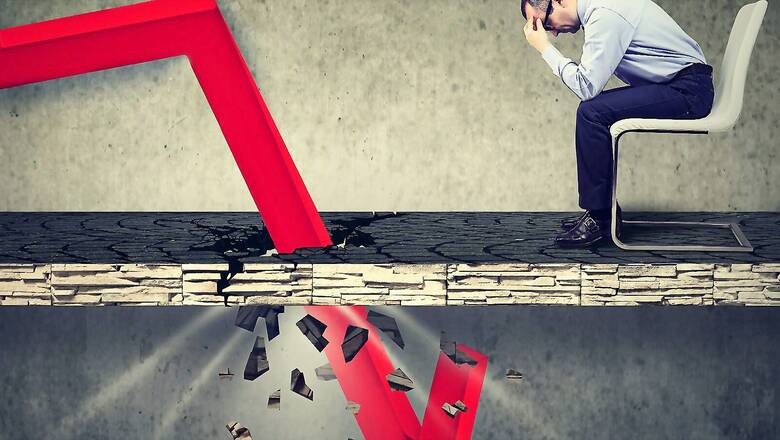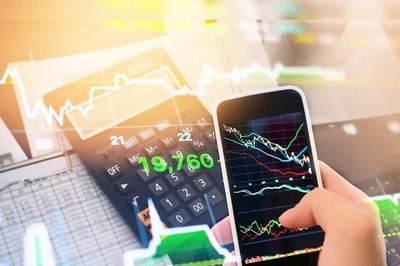
views
Goldman Sachs economists have now revised upward the chances of entering a recession in the next one year. They now see a 30 per cent probability of entering a recession over the next year, up from 15 per cent previously, and a 25 per cent conditional probability of entering a recession in the second year if one is avoided in the first, according to the latest note by Goldman Sachs.
“We now see recession risk as higher and more front-load. The main reasons are that our baseline growth path is now lower and that we are increasingly concerned that the Fed will feel compelled to respond forcefully to high headline inflation and consumer inflation expectations if energy prices rise further, even if activity slows sharply,” according to a Bloomberg report quoting the note written by economists led by Jan Hatzius.
The Goldman economists said that while comparisons with the 1960s and 1970s are ringing louder, hot wage growth and high inflation expectations are less entrenched today compared to that time.
The economists retained their growth forecast of 2.8 per cent for the second quarter. However, they cut their outlook from the third quarter of this year through to the first quarter of 2023, and now forecast growth of 1.75 per cent, 0.75 per cent and 1 per cent, respectively, in each of those quarters.
Meanwhile, BofA Securities’ economists also see roughly a 40 per cent chance of a US recession next year, with inflation remaining persistently high, according to a Reuters report.
They expect US gross domestic product growth to slow to almost zero by the second half of next year “as the lagged impact of tighter financial conditions cools the economy,” while they see just a “modest” rebound in growth in 2024.
BofA Global economists lowered their global growth projections, citing inflation, the war in Ukraine and COVID-related lockdowns in China.
They now expect global economic growth of 3.2 per cent. They said they had forecast 4.3 per cent global growth going into 2022.
US Federal Reserve last week also said, “The invasion of Ukraine by Russia is causing tremendous human and economic hardship. The invasion and related events are creating additional upward pressure on inflation and are weighing on global economic activity. In addition, COVID-related lockdowns in China are likely to exacerbate supply chain disruptions. The Committee is highly attentive to inflation risks.”
The US central bank raised 75 basis points (bps) to control high inflation. This is the biggest hike in interest rates since 1994. It had earlier planned a 50-bps hike for the June meeting but the US consumer inflation came higher than expected in May, at a four-decade high of 8.6 per cent.
According to the latest data, consumer price inflation in the US increased 8.6 per cent year-on-year in May, which is the largest increase since December 1981 and followed an 8.3 per cent advance in April. The prices in the US accelerated on the back of high fuel prices and costlier food.
Natural gas prices in May jumped 8 per cent, the pace is the highest since October 2005, while electricity rate also rose 1.3 per cent. Food prices in May rose 1.2 per cent as part of the impact of supply chain disruptions due to the Russia-Ukraine war. Prices of dairy and related products also posted the largest gain since July 2007.
US Treasuries have jumped since the start of April and is above the 3 per cent mark.
Read all the Latest News , Breaking News , watch Top Videos and Live TV here.


















Comments
0 comment